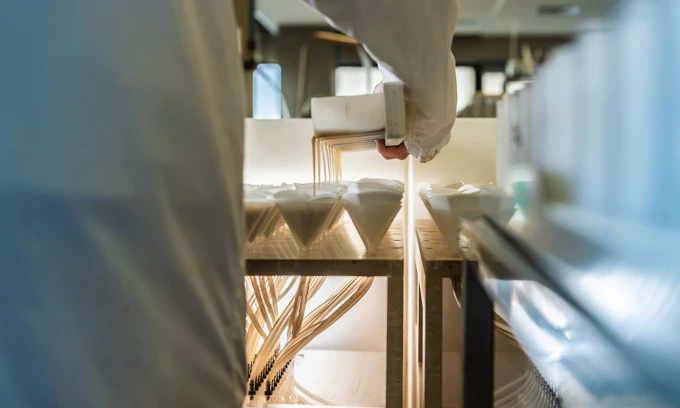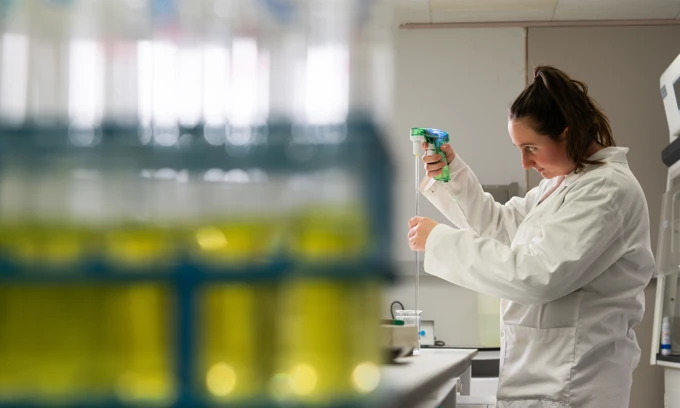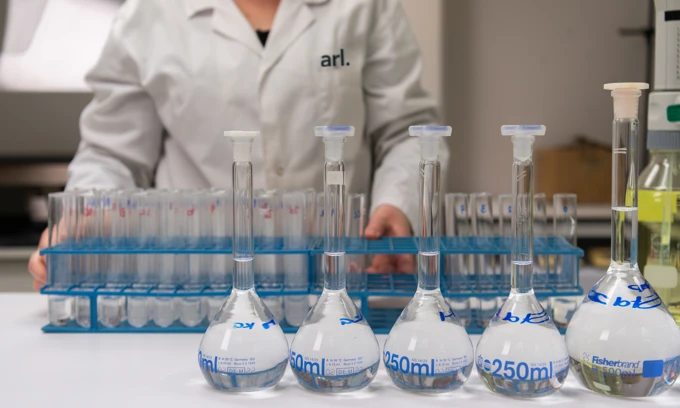
Testing
Get the results you need with ARL testing.

ARL Testing Services
ARL is a testing laboratory offering a full range of analytical services in the agricultural space.
Our laboratory is unique within the industry, with a focus on agriculture and environmental testing for our farmers, growers and researchers. We are dedicated to providing relevant information to our customers allowing them to plan and manage as accurately as possible.
ARL offers a wide range of soil, plant and feed suites. We provide easy to interpret reports and are backed by the expert team of Ravensdown agri managers who help turn your test results into information for farm management decisions.


